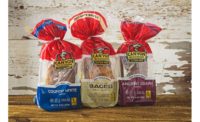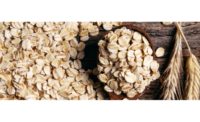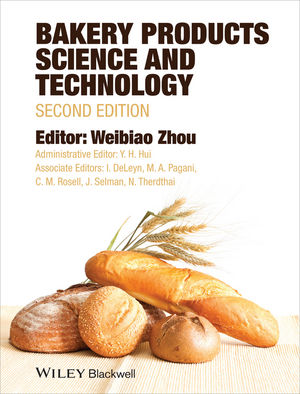Gluten-free products stay hot for companies and retailers

Those with Celiac disease or an intolerance to gluten, a protein found in wheat and other grains, cannot enjoy the “regular” bread, pizza, pasta, cakes, cereal and other foods most people take for granted—not if the foods contain wheat or other grains.
Wheat is not only in foods, it can be found as a powder in candies, balloons, postage stamps and even lip balm. Such affected consumers are in luck, though, because many mainstream grocers are also stocking more things they can eat.
"Gluten-free foods have become a lot more available," says Pam Hildebrand, who gets very sick when she has the smallest amount of anything that contains wheat. "Some of the major companies have got into it. You can find things in regular grocery stores, at Target and elsewhere."
Medical experts say many people giving up gluten have no medical reason for doing so. They're just following a fad diet. By some estimates, that may be as many as 35 million people. But a gluten-free diet is medically absolutely essential for people who can't tolerate the protein—at least 7% of Americans and counting. More people are learning they cannot eat gluten as physicians become better at detecting when the ingredient is making patients sick. That's giving food businesses confidence that demand won't fade after the fad does.
"We know there's a growing market," states Rebecca Thompson, marketing manager for GlutenFreely.com, which sells gluten-free products produced by General Mills and other companies. "We try to serve mainly the people who have the diagnosed condition, people who have to eat gluten-free lifestyle on a daily basis."
Retailers are responding to the market outcry. Target stores with full-service grocery departments carry hundreds of gluten-free foods. Gluten-free sales are also soaring at Cub Foods stores. The grocery chain has a website that helps shoppers create shopping lists of items that don't contain gluten. Spokesman Luke Friedrich says almost every Cub now has a section dedicated to the category.
Source: Minnesota.publicradio.org
Looking for a reprint of this article?
From high-res PDFs to custom plaques, order your copy today!









